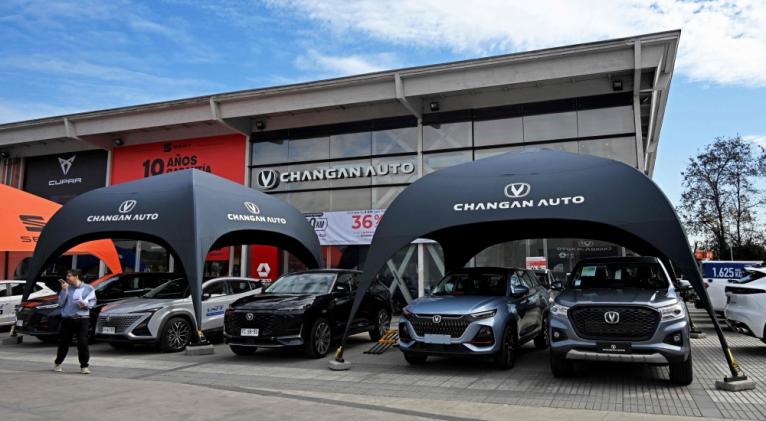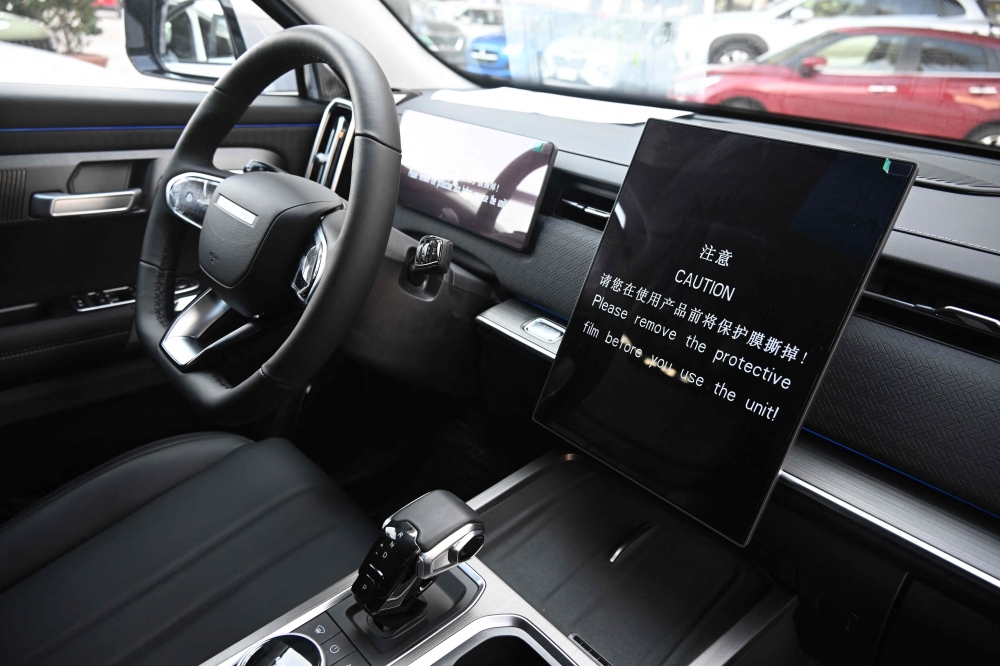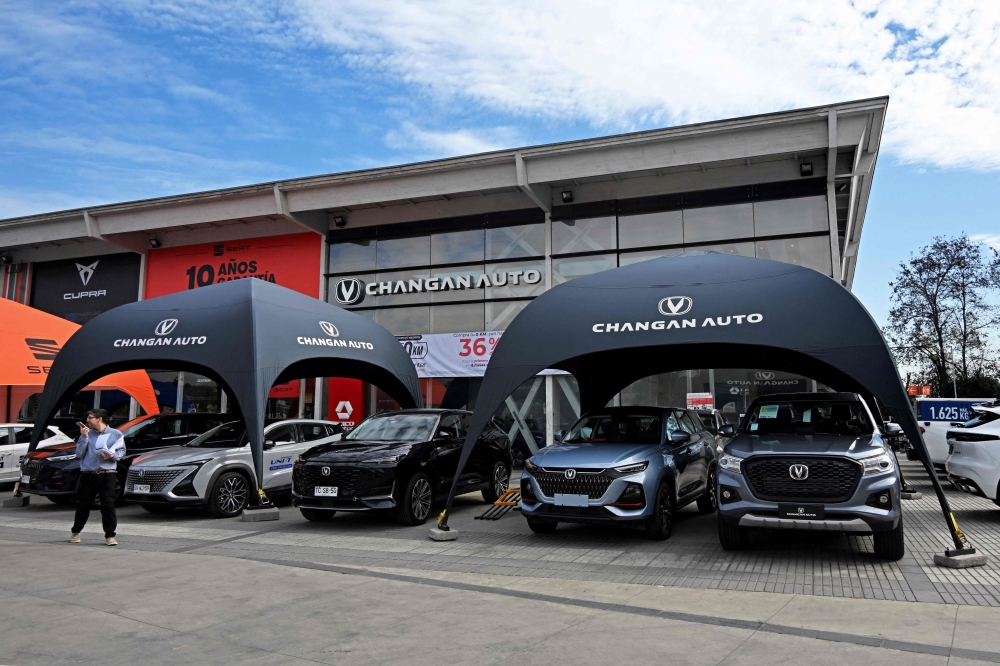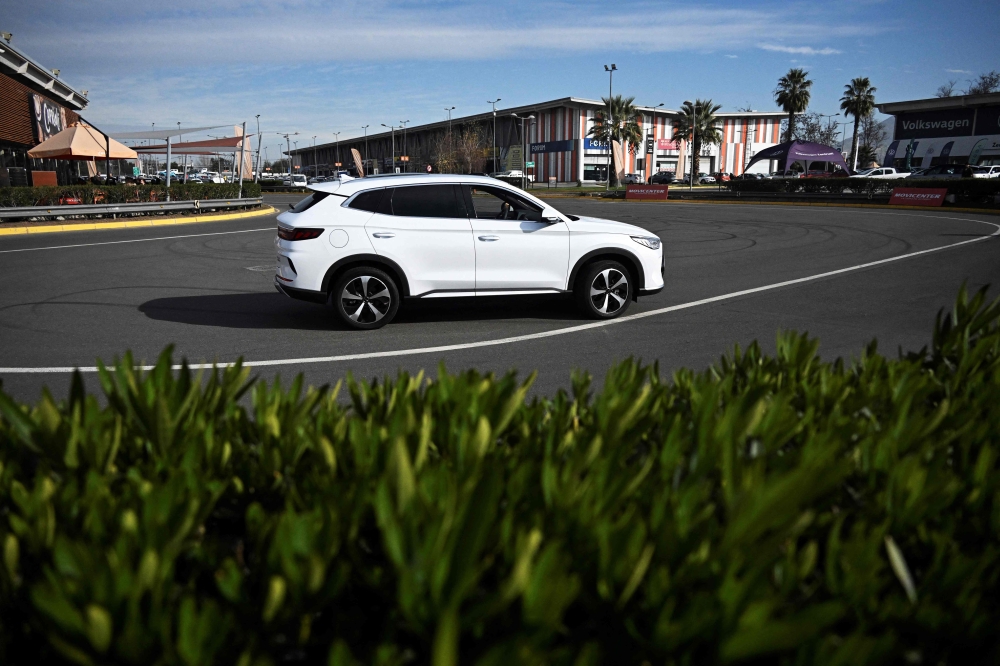Chinese EVs make inroads in Latin America with rapid growth, outselling US and Brazilian models
especiales

Chilean truck driver Claudio Perez was dubious about his first purchase of a Chinese-made family car two years ago. But the price and quick delivery time convinced him, and now he is a convert.
Perez, 47, is one of millions of car buyers in Latin America to have made the shift from US- and Brazilian-built cars to Chinese models in recent years.
In 2019, the Asian economic giant sold US$2.2 billion (RM9.6 billion) worth of cars in the region. Last year, the figure reached US$8.5 billion, according to the International Trade Centre (ITC), a UN agency.
Chinese car sales represented 20 per cent of the region’s total in money terms — ahead of the United States with 17 per cent and Brazil with 11 per cent.
No other market outside Asia now has a larger share of Chinese cars, according to the ITC.
“We tend to stigmatise Chinese brands, but no... this one was super good, super good. So I don’t regret buying it,” Perez said of his first purchase, which he said he had expected to be “plastic-like.”

Detail of the inside design of a Chinese-made car on display at the Movicenter car showroom, in Santiago July 25, 2024. — AFP pic
And his next car will be Chinese too, he said.
Chinese carmakers have redoubled their efforts in recent years to offer products at competitive prices, without compromising on quality, according to analysts.
In the emerging market of electric vehicles, they have taken an even bigger slice of the Latin American market, with 51 per cent of all sales.
Almost all electric buses in the region are made in China.
“The growth of Chinese car manufacturers in recent years has been exponential, thanks to significant improvements in quality, technology and design,” said Andres Polverigiani of Nyvus, a consultancy firm that studies vehicle competitiveness.
In the United States and Europe, both with their own automotive industries, protective import tariffs have slowed China’s advance, unlike in Latin America.
In Chile, with near-zero duties, Chinese models represented nearly 30 per cent of car sales last year.

Chinese-made cars are displayed at the Movicenter car showroom, in Santiago, on July 25, 2024. — AFP pic
‘A question of survival’
In Mexico and Brazil, Latin America’s biggest car producers, China is also making inroads.
Chinese giant BYD is building its largest electric car plant outside of Asia in Camacari, northeastern Brazil, with a targeted production capacity of 150,000 units every year.
In Latin America, Chinese cars, which tend to be cheaper than rivals, have enabled segments of the middle- and low-income population to buy their first vehicle, said Sebastian Herreros, an economist at the Economic Commission for Latin America and the Caribbean (ECLAC).

A Chinese-made car is tested at the Movicenter car showroom, in Santiago July 25, 2024. — AFP pic
It has also allowed the introduction of cleaner engine technologies in polluted metropolises such as Santiago, Bogota and Mexico City.
“All our countries must adopt electro-mobility quickly, it is almost a question of survival,” said Herreros.
“China is an ideal partner: it has the necessary production capacity and offers competitive prices.”














Add new comment